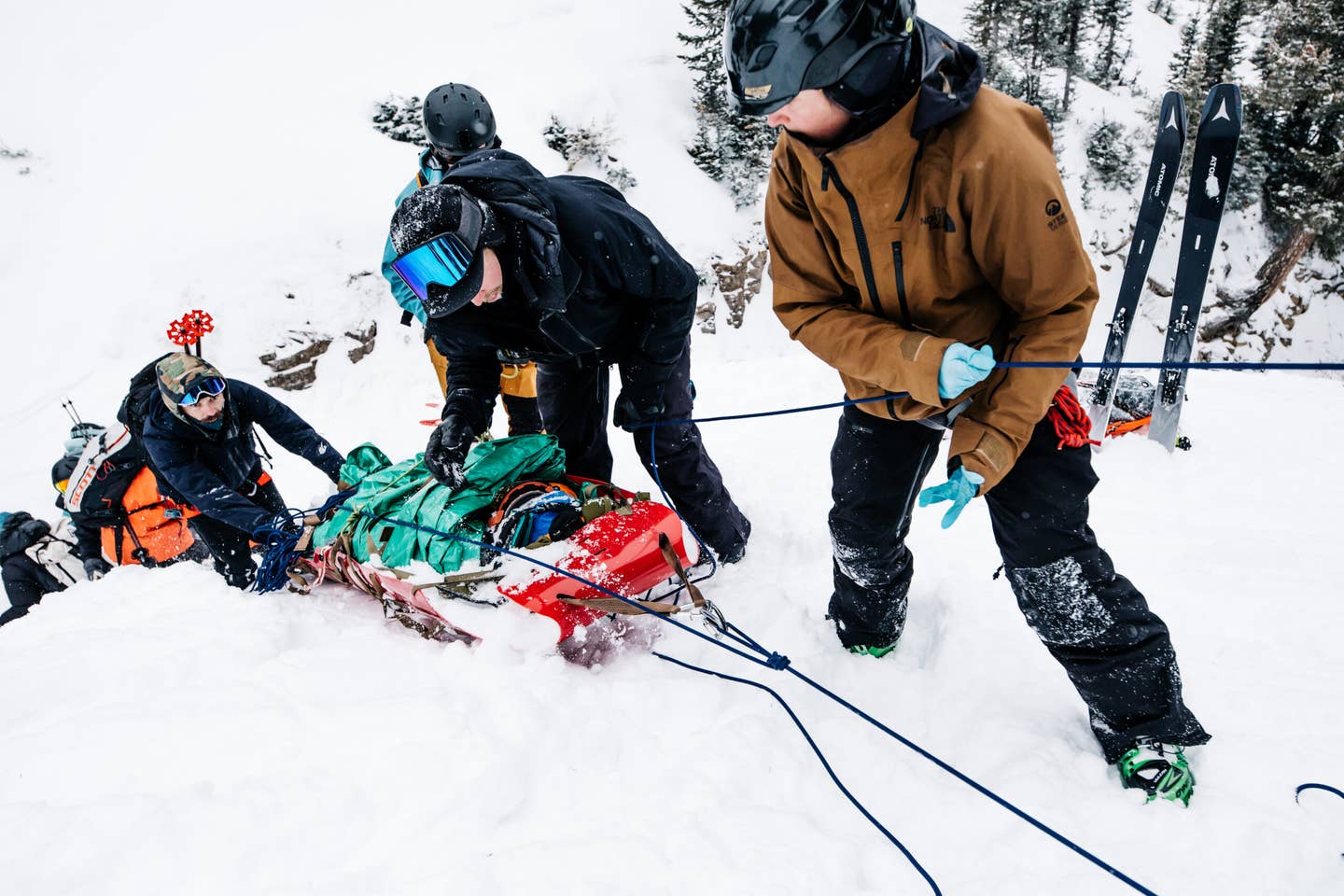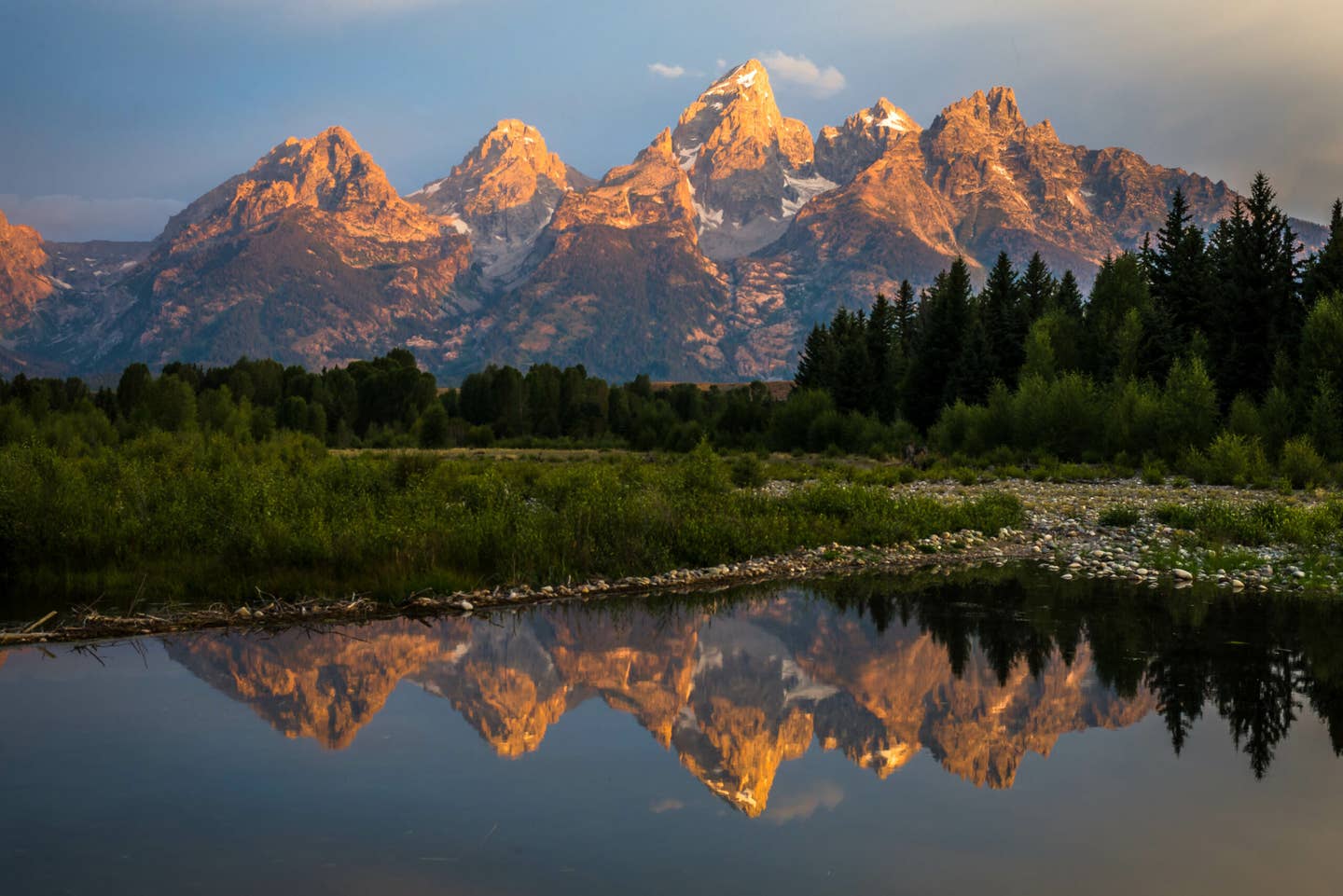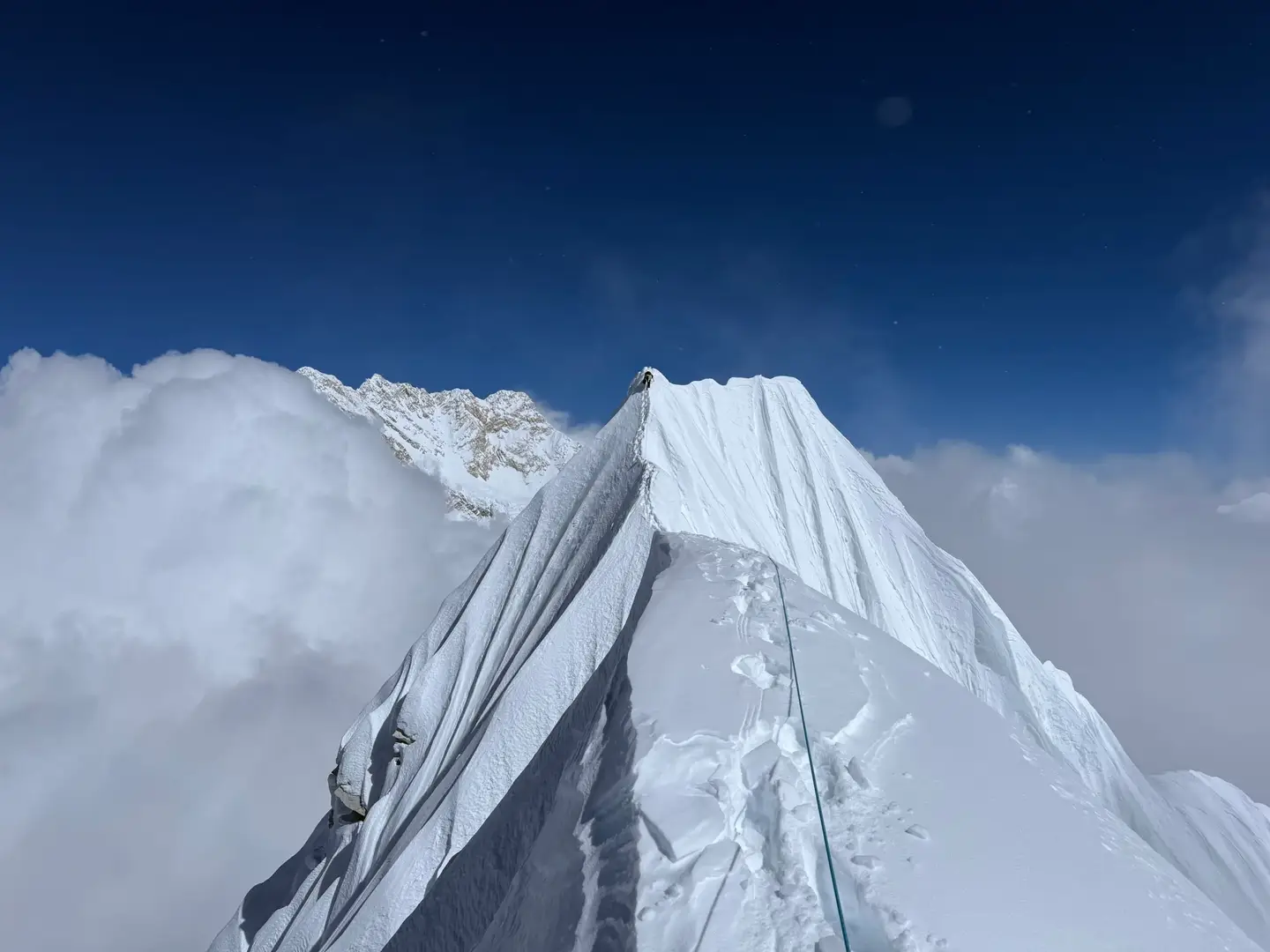

It’s the Inferno! TGR’s Annual Large-Scale Rescue Drill
Popular Stories
Every year, athletes attending IPRW know they can expect to spend some quality time outside with their teammates practicing the ins and outs of technical rescue. This means putting medical skills, rope rescue techniques, survival methods, and avalanche rescue skills to the test. However, at IPRW 2023, the athletes were in for a surprise Inferno - forcing them to be on "standby" for 72 hours with go-bags packed and ready to go. These bags contained everything each team member needed to stay comfortable for up to 48 hours in the mountains, including food, layers, shelter, and other survival gear.

The call came by surprise in the middle of an indoor medical skills workshop. Each group quickly came together to make a game plan, and assign roles for who would be in charge of each aspect of the rescue. This was an intensely hands-on learning exercise, so instructors encourage athletes to step out of their comfort zones and work parts of the rescue they might not be very comfortable with. Within minutes, each team geared up and mobilized, heading up the mountain to begin their rescue drills.

As the drill started, each of the three groups was presented with a unique scenario that involved large simulated avalanches, multiple victims with injuries, incredibly complex terrain, and some real-life environmental hazards like very cold temps and approaching darkness. As the day progressed and daylight started fading, each group's skills were truly put to the test. The goal was to care for and evacuate each patient without any outside help, using only the gear each team member carried in their packs.

Sign Up for the TGR Gravity Check Newsletter Now
Teams had to evacuate patients via rescue sleds, lower them over cliffs and navigate simulated glacier terrain while roped up. As darkness fell and temperatures plummeted, each group began building improvised shelters to stay warm and dry. Some opted to build a snow cave, while others resorted to using tarps, and yet another built a fire to stay warm under a fallen tree's root ball.
Seven hours later, the instructors called time out. The mission was over, and as each exhausted team member returned to base, they reflected on how they had learned more than they could have imagined.

At the end of the night, each team leader was asked to debrief and comment on how each team performed. Leaders praised the individual skill sets of each of their team members - something that's crucial to take advantage of in a real-life rescue. While some athletes were medical experts, others showcased high-level technical rope skills, while others maintained clear lines of communication within the team and with base. The main thing everyone learned? We're not all experts at everything, but when we work as a team we can bring our own specialties to the table and let others focus on what they are best at.




